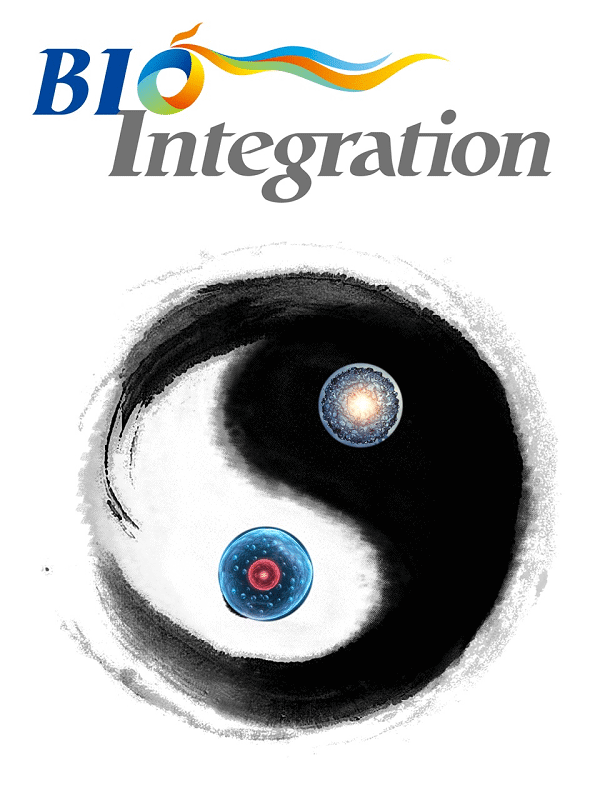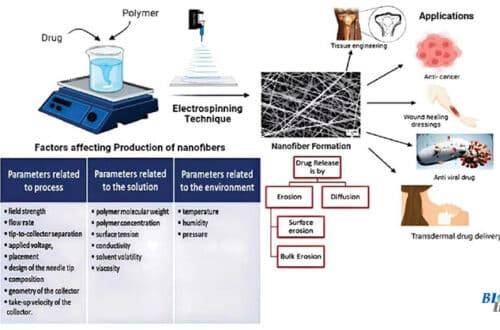
BIO Integration, Volume 4, Issue Number 1, Publishes
Guangzhou, May 03, 2023: BIO Integration (BIOI) publishes volume 4, issue 1. BIOI is a peer-reviewed, open access, international journal, which is dedicated to spreading multidisciplinary views driving the advancement of modern medicine. Aimed at bridging the gap between the laboratory, clinic, and biotechnology industries, it offers a cross-disciplinary platform devoted to communicating advances in the biomedical research field and offering insights into different areas of life science, to encourage cooperation and exchange among scientists, clinical researchers, and health care providers.
The issue contains an editorial, two research articles, two reviews and a commentary offering insights into different areas of life science in both China and internationally:
Editorial
Integration in Bioscience: Dynamic, Inclusive, and Full of Possibility.
Editorial Commentary
The editorial commentary is entitled ACE2: A Dilemma in Regulating SARS-CoV-2 Infection and its Metabolic Complications. Obesity and diabetes are major risk factors for severe SARS-CoV-2 infection, ICU admission and COVID-19-associated death. Increasing evidence also suggests that SARS-CoV-2 infection disrupts glucose and lipid metabolism, promotes insulin resistance and endothelial dysfunction, and eventually may result in longterm metabolic defects and cardiovascular complications.
Research Articles
The first original article is entitled Establishment of Breast Phyllodes Tumor Cell Lines Preserving the Features of Phyllodes Tumors. Breast phyllodes tumors (PTs) are biphasic, with epithelial and stromal components. Although the PT incidence is low (approximately 1% of all breast tumors), its clinical outcomes are unpredictable, and malignant PTs often progress rapidly. No effective treatment is currently available, thus resulting a high mortality rate from malignant PTs.
The second original article in this issue is Roles of Tenascin-XB in the Glioma Immune Microenvironment. Previous studies have reported the critical roles of tumor cells and the tumor microenvironment in tumor prognosis and immunotherapeutic response. However, how Tenascin-XB (TNXB) expression relates to glioma prognosis and to the levels of tumor-infiltrating immune cells in various cancers has remained elusive. Therefore, this work aimed to investigate the expression, prognostic value, biological function and correlation between TNXB expression and the levels of tumor-infiltrating immune cells in glioma tissues.
Review Articles
The first review article is RUNX3: A Location-oriented Genome Coordinator. Transcription factors are key components in gene expression and are associated with various diseases. Transcription factors maintain the stability of gene transcription and cell function. Among the transcription factors, the Runt-related transcription factor (RUNX) family regulates growth and development in a tissue-specific manner and is involved in tumorigenesis.
The second review article is Zebrafish: An Emerging Model for Studying Macrophage Functions in Cancer. Zebrafish provide a convenient and unique model for studying human cancers, owing to the high similarity between zebrafish and human genomes, the availability of genetic manipulation technologies, and the availability of large numbers and transparency of zebrafish embryos.




